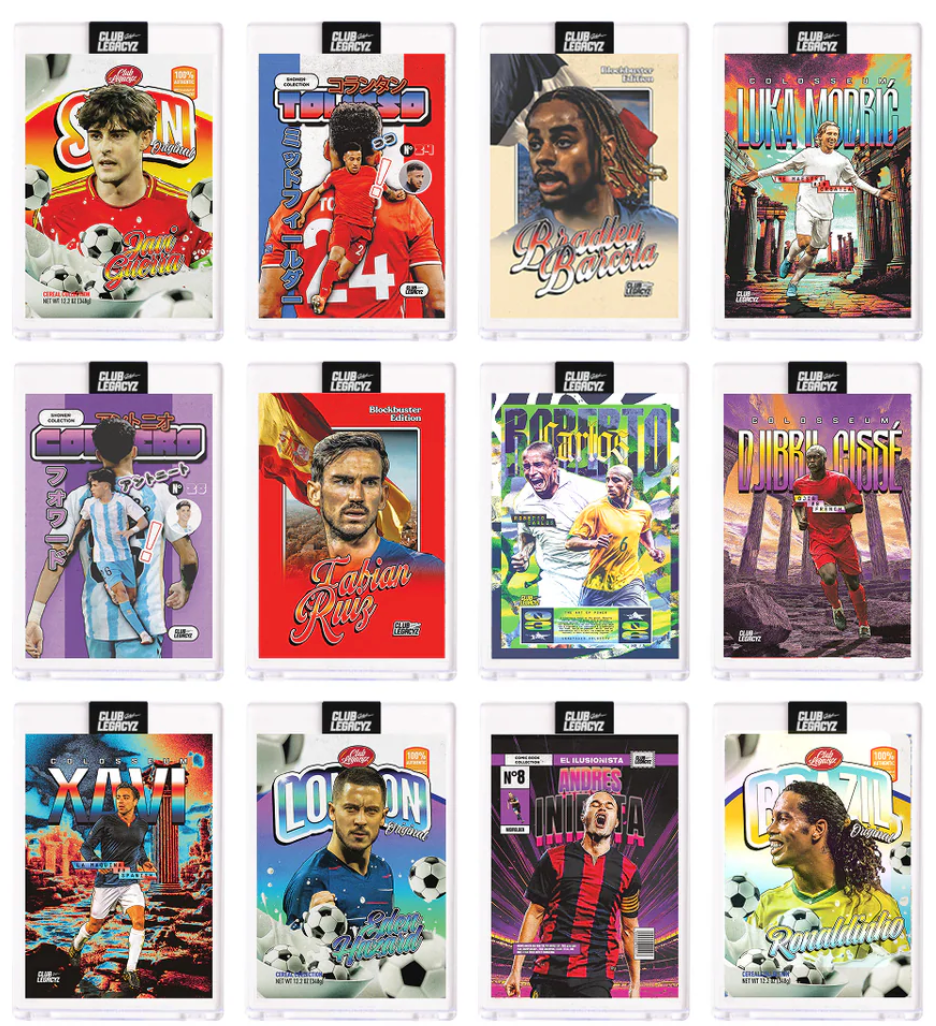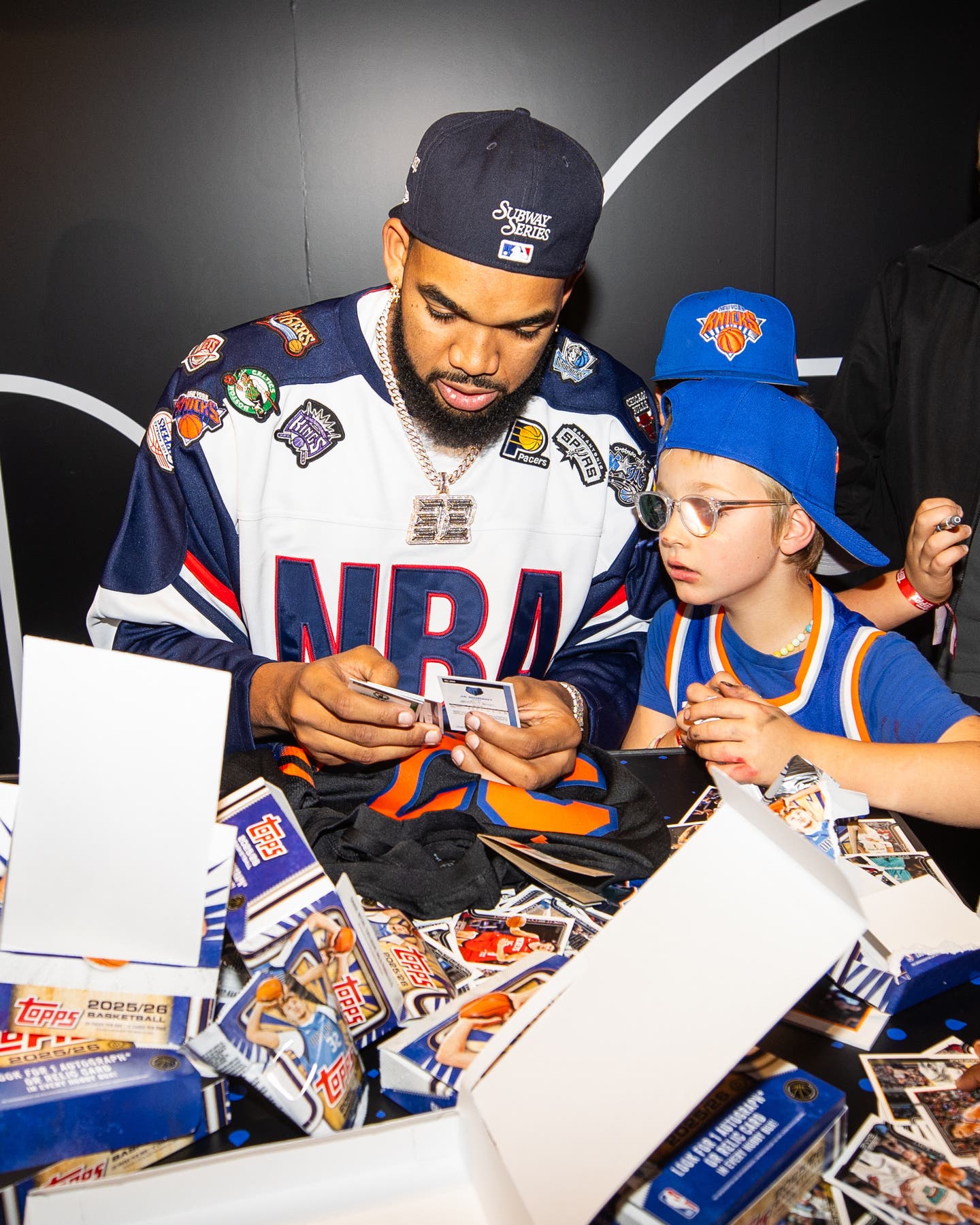Collector Stories
The Good, the Bad and the Ugly: Hobby steroid fallout
Diehard fans and collectors of Roger Clemens might not agree, but it certainly appears the baseball cards and collectibles hobby avoided any major black eyes following the Dec. 13 release of former Sen. George Mitchell’s report on the use of performance-enhancing drugs in Major League Baseball.
Card shop owners might have to sweat out future steroid probes — two House panels are planning congressional hearings next month that will include Mitchell and possibly some players named in the report — but for now, none of the key players driving the new-card segment of the hobby have been linked to steroids and/or human growth hormone.
“So far, there hasn’t been a whole lot of impact (on card prices and demand), but then again, most of the players involved are not really that big in the hobby,” said Tuff Stuff card pricing analyst Joe Clemens. “We’ll know a lot more after these hearings. With Clemens being one of the top dogs, you’d think he’d be one of the players they bring in. It’s going to be very interesting.”
The fact that, other than Clemens and Barry Bonds, there were no A-list stars on Mitchell’s hit list was promising, according to Darrell Lemieux of Jeff’s Sportscards in Menomonee Falls, Wis.
“I think the reaction would have been a little bit different. I think people were relieved that Jeter and A-Rod were not named — you know, the true superstars,” LeMieux said. “The true collector, he collects his Topps cards, he’s been collecting since the 1950s and he just likes the hobby. He’s going to keep collecting. The days when people are shocked by things like this are over.”
There were plenty of noteworthy second-tier stars that appeared on Mitchell’s naughty list, but by now, their alleged ties to steroids and HGH are old news. Bonds, Jason Giambi, Ken Caminiti, Rafael Palmiero, Gary Sheffield and Jose Canseco had been the targets of drug rumors and allegations in recent years, and they have either owned up to those reports or, in Bonds’ case, already been convicted in the court of public opinion. The “best of the rest” list includes Eric Gagne, Miguel Tejada, Andy Pettitte, David Justice, Mo Vaughn, Troy Glaus, Matt Williams, Kevin Brown, Lenny Dykstra and Chuck Knoblauch — all well-known stars, but nobody that is near the top of most collectors’ lists.
“Tejada’s probably the next-biggest name in the hobby, but his rookie card is not even close to Clemens,” said Clemens, noting that Clemens’ top card, a 1984 Fleer Update Rookie, is currently priced at $250. “If I were sitting on those and had a bunch of money invested in them, I’d be getting rid of them, that’s all I can say.
“I have Tejada’s ’97 Bowman Chrome at $25, and if they get more information on him, yeah, I expect it to slide. But the big names, like Ryan Howard or some of the big boppers that are real popular, they all skated free. Some of the younger guys like Prince Fielder, Big Papi (David Ortiz), even Adam Dunn — we were lucky it didn’t involve them. My concern is this is just the beginning. If there are more developments from the federal investigations . . . Right now, baseball is really, really popular, but it could take a serious hit here. We’ll know a lot more after (the hearings).”
Bonds’ stock among collectors probably couldn’t have been any lower even before the Mitchell Report — outside of the Bay Area, anyway — so it’s doubtful his card and autograph values will take much of a hit after his name appeared in the report. Somehow, Bonds has managed to pull off a seemingly impossible daily double: become the all-time home-run king and be almost a complete non-entity among baseball collectors.
“Why did the Senate subcommittee and (Bud) Selig wait so long to nail Barry Bonds?” lamented Mark Rubin of American Legends in Scarsdale, N.Y. “They wait until he break’s Hank Aaron’s record, and then they call him on the carpet. That has irritated people. Why didn’t they do that before he broke Aaron’s record?
“Baseball sales were good this year for us. The collectors still like collecting . . . but nobody cares about Bonds. I can tell you that. Nobody wants him. Nobody is even remotely interested in Barry Bonds cards.”
It’s doubtful that price values for the vast majority of the veteran, common and retired players on the Mitchell list — names such as Gary Bennett, Ron Villone and Greg Zaun — will fluctuate one way or the other, regardless of what happens with future steroid probes. Set collectors will still need them to complete their sets, and most of the players were not popular enough to be heavily collected themselves. In the end, it might be Clemens riding the collecting rollercoaster alone. How he ends up in the eyes of collectors might depend largely on how much damning evidence against him eventually surfaces and his reaction to it.
“With him, it just depends on whether he takes a Bonds attitude,” said Lemieux. “If he does, and he just keeps denying everything, you won’t be able to sell a Clemens card.”
Rubin, who operates right in the heart of Yankees country, admitted he is already changing his buying habits when it comes to Clemens.
“Somebody just came in recently that had about a dozen Clemens rookies . . . and I said, ‘Nah.’ I passed on them at this point. I probably would have (bought them before the Mitchell report),” Rubin said.
“I think the short-term reaction from people is, ‘Yeah, we knew all that.’ Most of the names were not a surprise. The one exception around here would be Andy Pettitte. Most people did not expect to see him on there, but his Yankees pitching teammate would be another story.
“For the most part, it was all guys on their way out that got named. All the guys were out of baseball or in the twilight of their careers. It makes you wonder, are we keeping something secret?”
Like Rubin, Rob Veres of Burbank Sportscards in Burbank, Calif., was having a hard time buying the true motives of the Mitchell investigation. He clearly subscribes to the conspiracy theory – Major League Baseball didn’t want to tarnish any of its current stars, so they only put together a token effort to “out” the bad guys.
“I think their agenda was to go after guys who were inconsequential, retired or ready to retire,” he said. “You don’t see a Johan Santana or A-Rod or Pujols or Big Papi or Manny Ramirez. I think it was just a dog-and-pony show that people saw right through.
“There is too much money involved for those names to be on the list. They wanted names, they wanted a list, wanted to look like they are cleaning up the sport and they did it. But they did it in a way that won’t do damage to the sport with their current bread-and-butter players.”
“It does feel a little like a witch hunt,” agreed Lou Brown of Legends Sports & Games in Grand Rapids, Mich. “They certainly need to protect the integrity of the game, but the question is, ‘How much of this happened before it’s been banned? If a lot of it was prior to (a steroid and HGH ban), how much of any issue is it really?’ ”
Steve Bistany of Steve’s Sports Card, Coin & Stamp Shop in Rutherford, N.J., said that young collectors already appear to be souring on Clemens.
“I’m guessing kids collecting any of those players (named in the report) will probably stop,” he said. “Think about it. If you’re a 13-year-old kid and you’re collecting them, what would you do? You’d probably stop. With Clemens, I’ve had kids come in and tell me they were disappointed and asking me, ‘Is it true?’ I just say, ‘Well, it sounds like it is.’ ”
Rubin added that if there is a silver lining to the whole ordeal, it’s that the great retired players who played long before the “steroid era” may now be held in even higher regard.
“We do a lot of vintage, both autographs and cards,” he said. “And these guys are completely untainted. Willie Mays, to me, is an even bigger superstar now.”
Added Brown, “Truly, this is nothing compared to some of the other stuff we’ve had to deal with in the hobby, with the fakes and counterfeits. This will not affect us like those issues. We’ve dealt with a lot worse.
“Is it gonna have a massive effect? Am I going to lose all kinds of customers because of this? I don’t think so. I think you’ll lose a few people, but overall, it will just be a topic for discussion, and that’s about it. Let’s face it, everybody knew what was going on. Has it affected attendance at games? I don’t think so. It sure doesn’t seem like it.”
Brian Earnest is the editorial director for F + W Publications’ sports division that produces Sports Collectors Digest, Tuff Stuff and Card Trade magazines.








